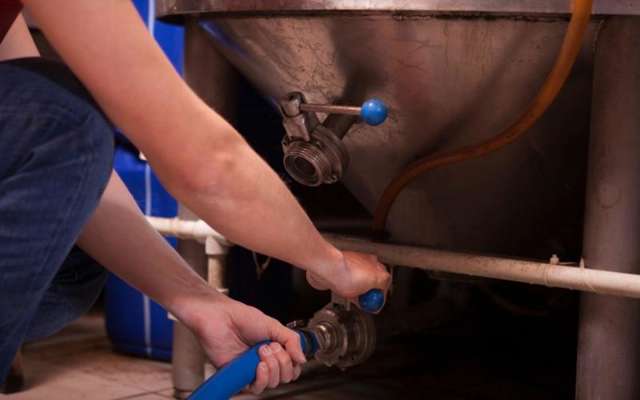Do you ever think about how important hose mounting is to the operation of your process plant?
Mounting the process hose correctly every time helps optimize production and prevent costly downtime. But it all starts with the purchase of the process hose and accessories.
In this edition of The ABCs of Maintenance, we take a closer look at application requirements as well as hose installation. Plus, we'll take a closer look at the 3 most common mounting mistakes you should avoid.
Let's get started!
The importance of application requirements
It's important to consider your operational requirements and the specific application from the very beginning when purchasing the process hose and suitable accessories. The right choice is crucial for a safe, efficient, and fast mounting in the future.
Example of material selection: Comparing the hose materials FEP, PTFE and silicone.
Consider the following key factors, each of which can affect hose performance and lifespan:
- Space conditions: How much space is available in the installation area? Any restrictions?
- Hose material: Which material has the right properties?
- Type of coupling: Which type of coupling is suitable for the process plant connection?
- Type of media: What needs to run through the process hose?
- Temperature conditions: What is the normal operating temperature or temperature span?
- Pressure conditions: What working pressure should the process hose be able to withstand?
3 mounting mistakes to avoid

Torsion/twisting:
Avoid subjecting the process hose to torsion/twisting that can damage it internally and weaken its structure. The result is often reduced flow and increased wear, increasing the risk of sudden system failures and potential safety hazards due to hose rupture.
Lack of relief:
Proper relief using appropriate fittings, for example with 45°- or 90°-degree bends, is essential to reduce stress on process hose connection points. Lack of relief can lead to leaks or ruptures, especially in dynamic conditions where movement and vibration are common.
Exceeding the bend radius:
Observe the recommended bend radius to avoid kinking and internal damage to the hose. Too tight a bend can lead to increased internal pressure and turbulence, which reduces efficiency and accelerates wear and tear. In the long run, this can significantly shorten the life of the hose and increase maintenance costs.
Let us customize your hose solution
Achieve the most efficient daily mounting with a custom-designed hose solution that closely matches your specifications. This ensures that the process hose supports your operation in the best possible way. And of course, you get a warranty, traceability, and pressure test certificate when you shop with us. Our experienced metalworkers and certified welders are ready to get started.
Give us a call today on +45 7020 0422 or write to us at inquiry@alfotech.eu so we can make an appointment.
 da
da
 de
de
 en
en
 sv
sv
